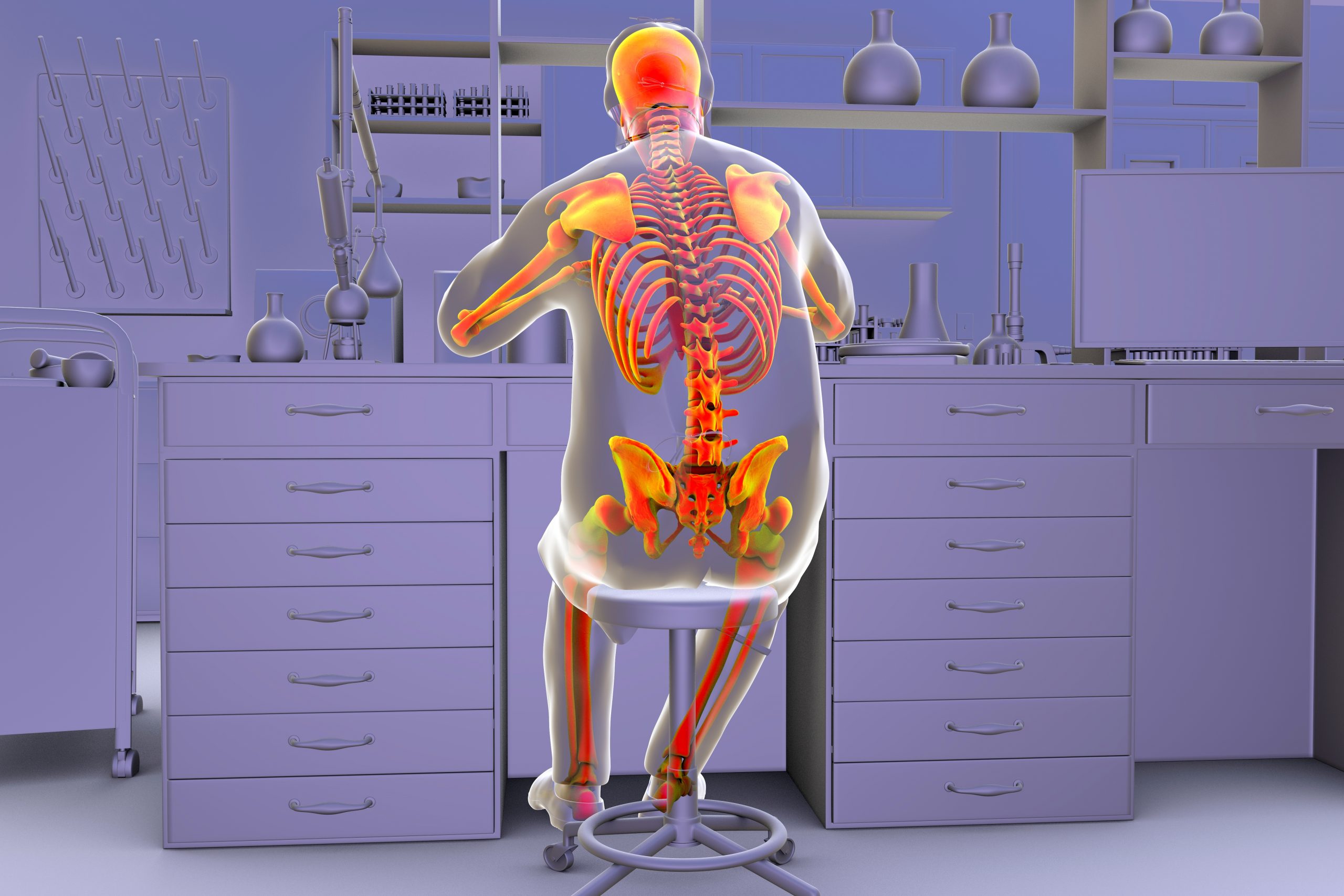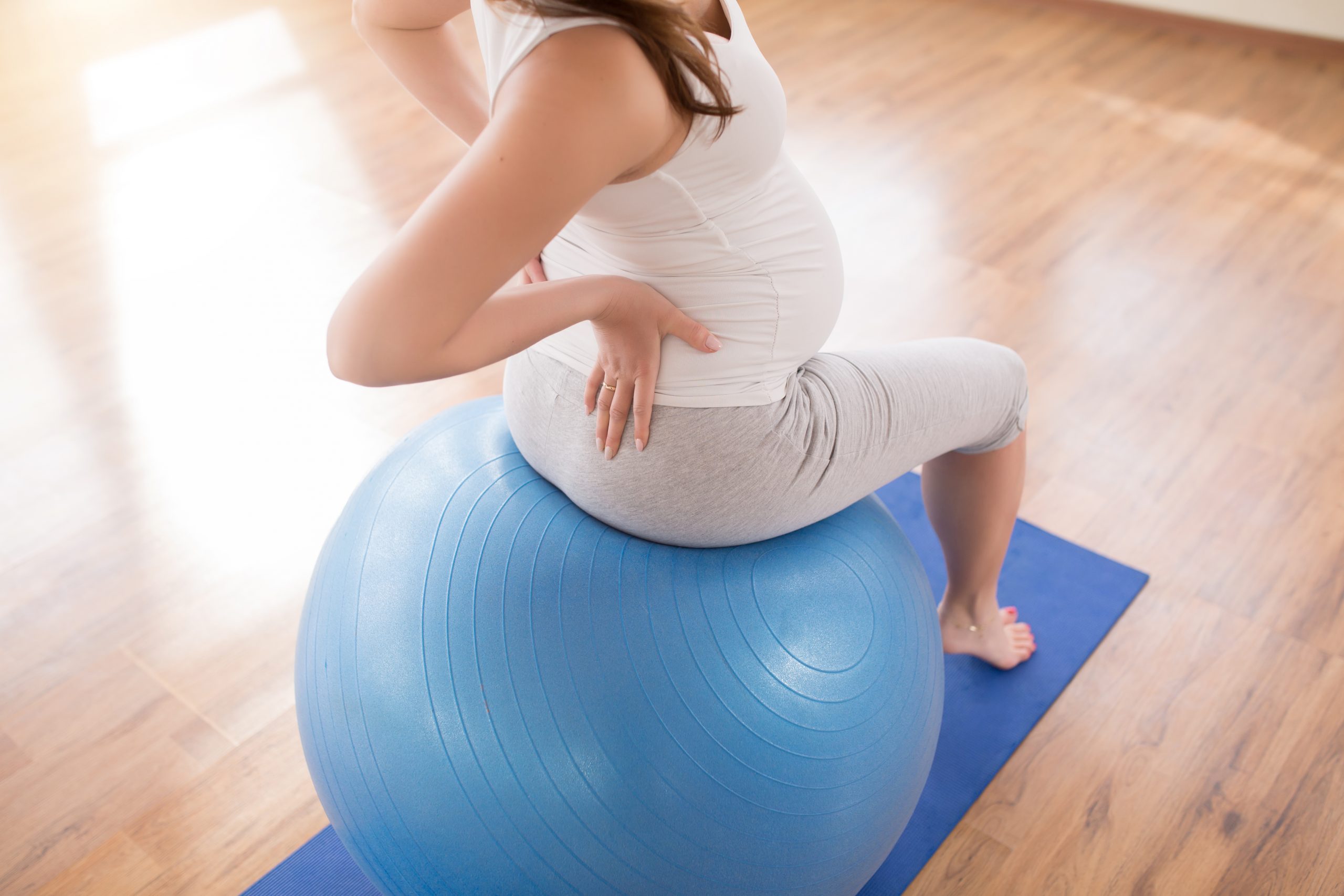Joint pain can significantly impact our daily lives, making simple tasks challenging and uncomfortable. While there are various factors that contribute to joint pain, maintaining proper posture can play a crucial role in preventing and managing joint discomfort. Good posture not only helps distribute the forces exerted on our joints more evenly but also reduces unnecessary strain and stress. In this article, we explore tips on how to prevent joint pain with proper posture.
- Maintain a Neutral Spine: A neutral spine refers to the natural alignment of the spine, where the three curves (cervical, thoracic, and lumbar) are properly aligned. Whether you’re standing or sitting, aim to keep your spine straight and avoid excessive slouching or arching. Engage your core muscles to support your spine and maintain good posture.
- Sit with Proper Ergonomics: When sitting for long periods, ensure your chair and workstation are ergonomically designed. Adjust your chair height so that your feet are flat on the floor or supported by a footrest. Keep your knees at a 90-degree angle and position your computer monitor at eye level to avoid straining your neck.
- Stand Tall: When standing, distribute your weight evenly on both feet. Avoid slumping or leaning to one side. Keep your shoulders back and relaxed, and engage your abdominal muscles to support your spine. Imagine a string pulling you up from the top of your head, elongating your spine and promoting good posture.
- Lift with Proper Form: Incorrect lifting techniques can put excessive strain on your joints and lead to injury. When lifting heavy objects, bend your knees and squat down, keeping your back straight. Use the strength of your legs to lift, rather than relying on your back. Hold the object close to your body and avoid twisting or jerking motions.
- Use Supportive Footwear: Proper footwear plays a crucial role in maintaining good posture and reducing joint pain. Choose shoes that provide adequate support, cushioning, and stability. Avoid high heels or shoes with poor arch support, as they can alter your posture and increase strain on your joints.
- Stretch and Strengthen: Regular stretching and strengthening exercises can help improve posture and support joint health. Focus on exercises that target the muscles supporting your spine, hips, and core. Strengthening these muscle groups can help stabilize your joints and alleviate strain. Incorporate activities like yoga or Pilates that emphasize flexibility and proper alignment.
- Take Breaks: If your work involves prolonged periods of sitting or repetitive movements, take regular breaks to stretch and change positions. Set reminders to stand up, walk around, and stretch your muscles. This helps prevent muscle stiffness, improves blood circulation, and reduces joint stress.
- Use Supportive Pillows and Mattresses: Proper support during sleep is essential for maintaining good posture. Choose a mattress and pillows that provide adequate support for your spine and body contours. A supportive sleep surface can help alleviate pressure on your joints and promote a restful sleep.
- Be Mindful of Your Posture: Developing awareness of your posture throughout the day is crucial for preventing joint pain. Pay attention to your body alignment and make adjustments when necessary. Avoid staying in one position for too long, as it can strain your joints. Incorporate gentle movements and posture checks into your routine.
- Seek Professional Guidance: If you experience persistent joint pain or have specific concerns about your posture, consult a healthcare professional or a physical therapist. They can assess your posture, provide personalized recommendations, and guide you in exercises or techniques to improve your posture and alleviate joint discomfort.
By incorporating these tips into your daily routine, you can promote proper posture and reduce the risk of joint pain. Remember, maintaining good posture is an ongoing





